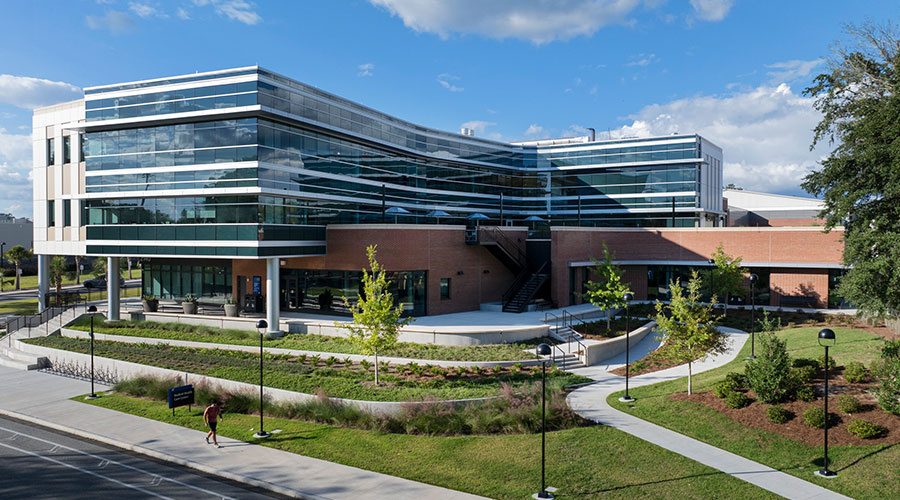Design, Engineering Firms Turn to HDS Technology
Many design and engineering firms turn to HDS technology because the scans it provides are so accurate that it virtually removes the need to work from records that could be somewhat inaccurate, eliminating the need for re-work.
Another McNeil Engineering client, Hubbard Engineering in Mesa, Ariz., used the HDS scanning service for a retrofit project at WestWorld, a large, open-air equestrian center and events arena in Scottsdale, Ariz.
“The extreme summertime heat was limiting WestWorld use, so the owners decided to enclose and air-condition the arena,” says Adrian Burcham, P.L.S., director of land survey at Hubbard.
“This was a large retrofit project,” Burcham says. “We scanned the interior because there were no plans available. The HDS technology enabled us to precisely pinpoint the as-builts for design purposes, including the new HVAC system.”
Burcham says it took just one day to complete the scanning, which he says could have taken several weeks with a conventional survey team.
“McNeil was able to accurately measure every bolt and column in the original structure,” he says. “Also, we got better accuracy on the visible objects in the arena. We were able to map them tighter than you could using conventional tools.”
Burcham says the 360-degree photos that McNeil created from points all around the arena also were helpful. Used in conjunction with point clouds, the photos made it much easier to reference the project visually.
Related Topics:














